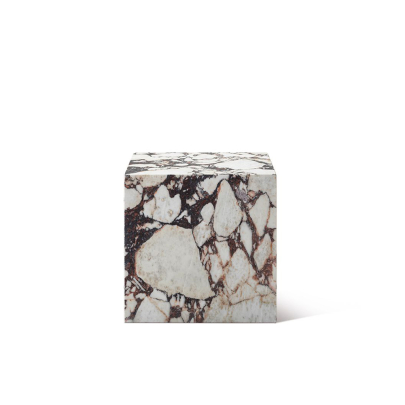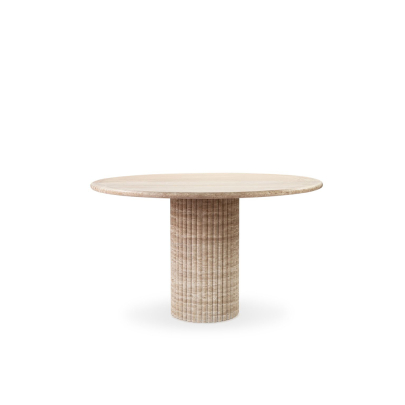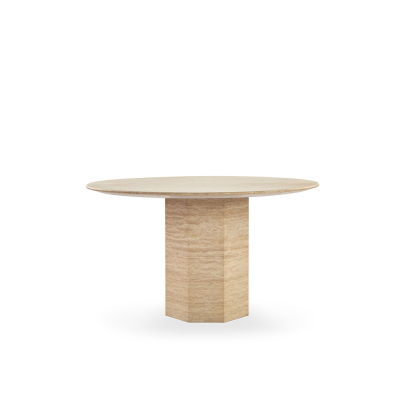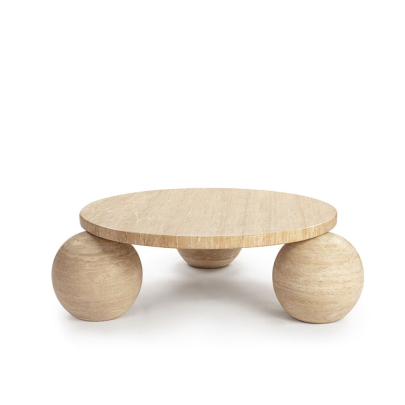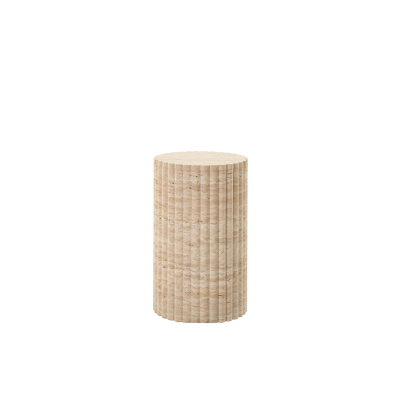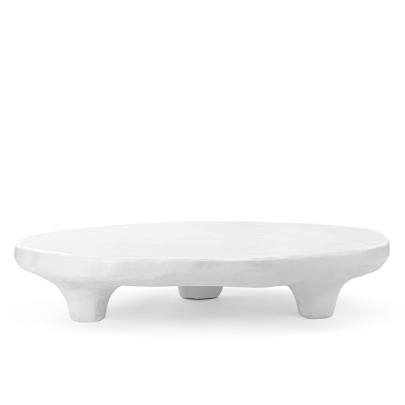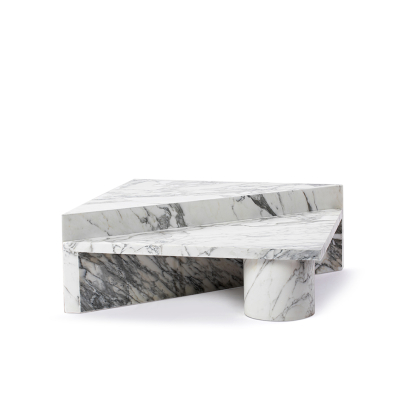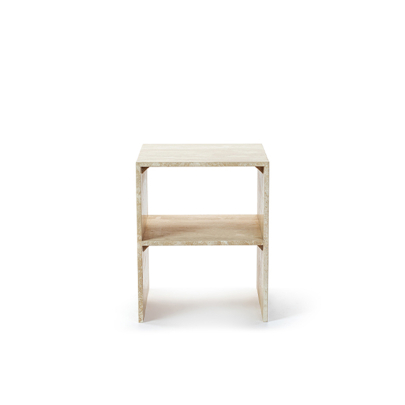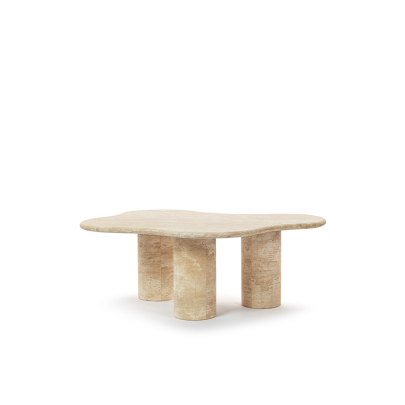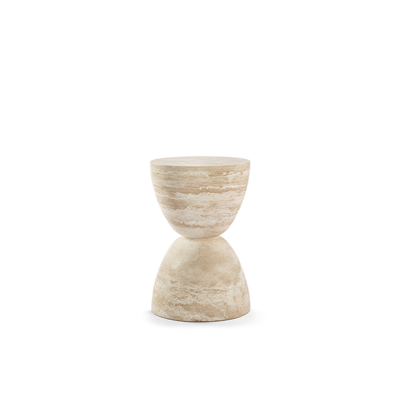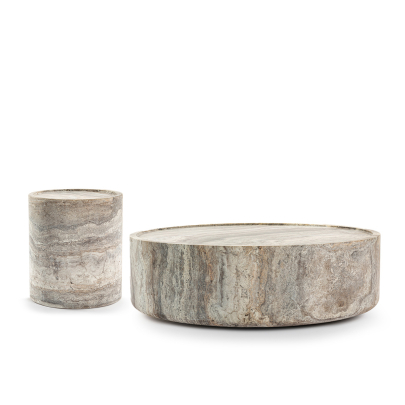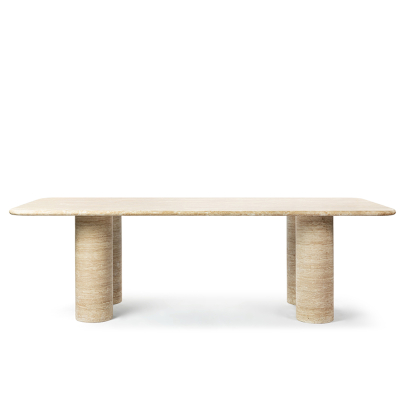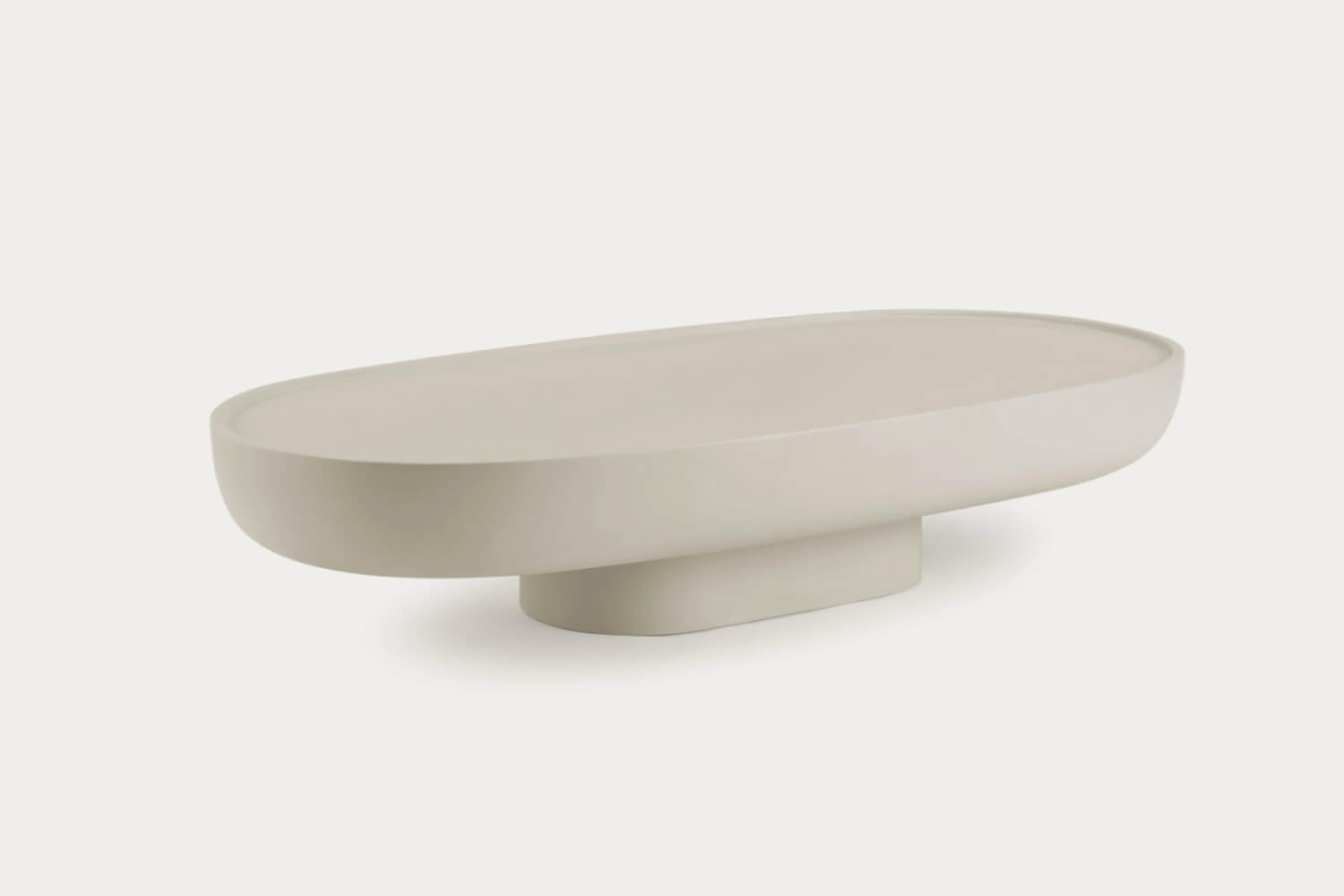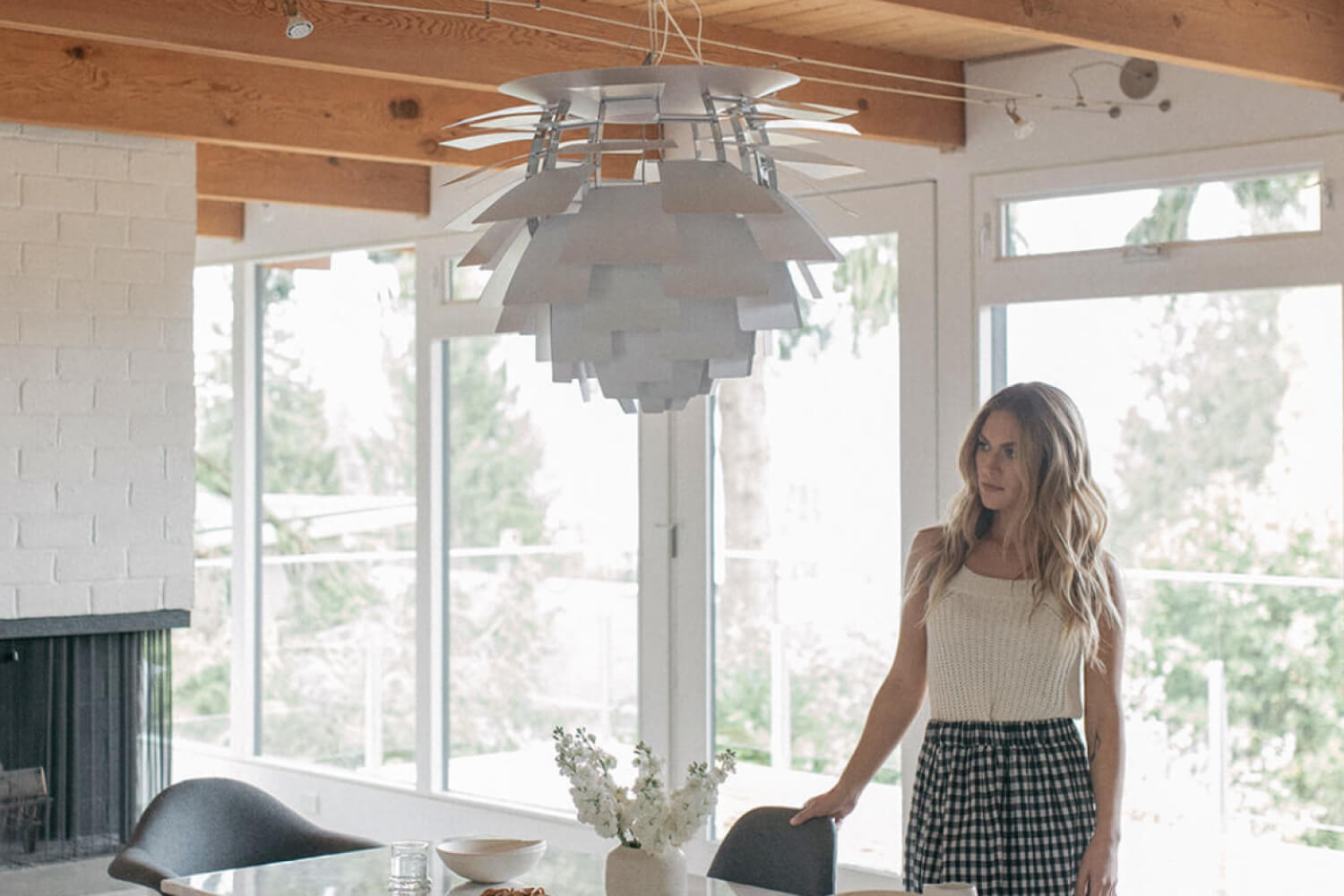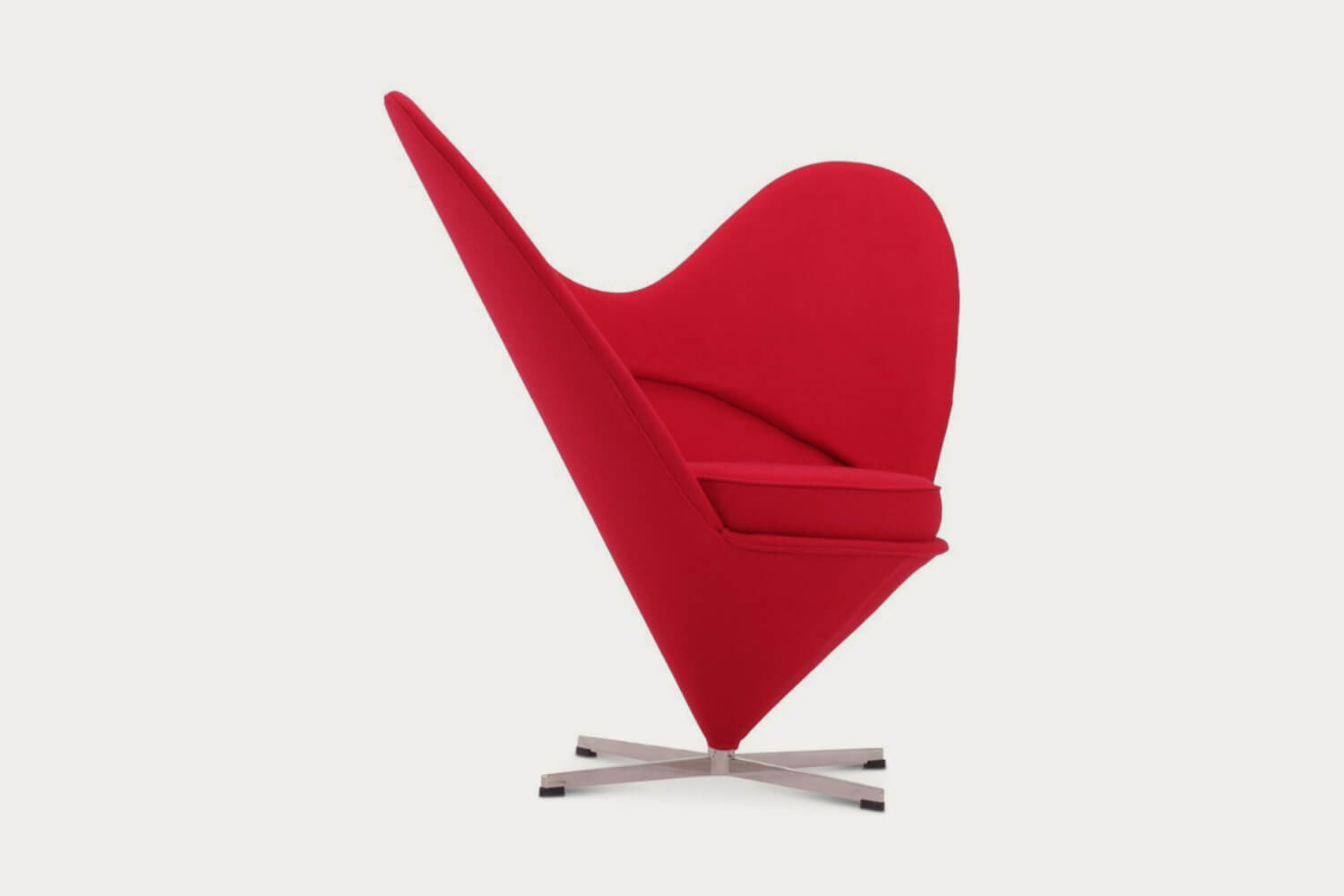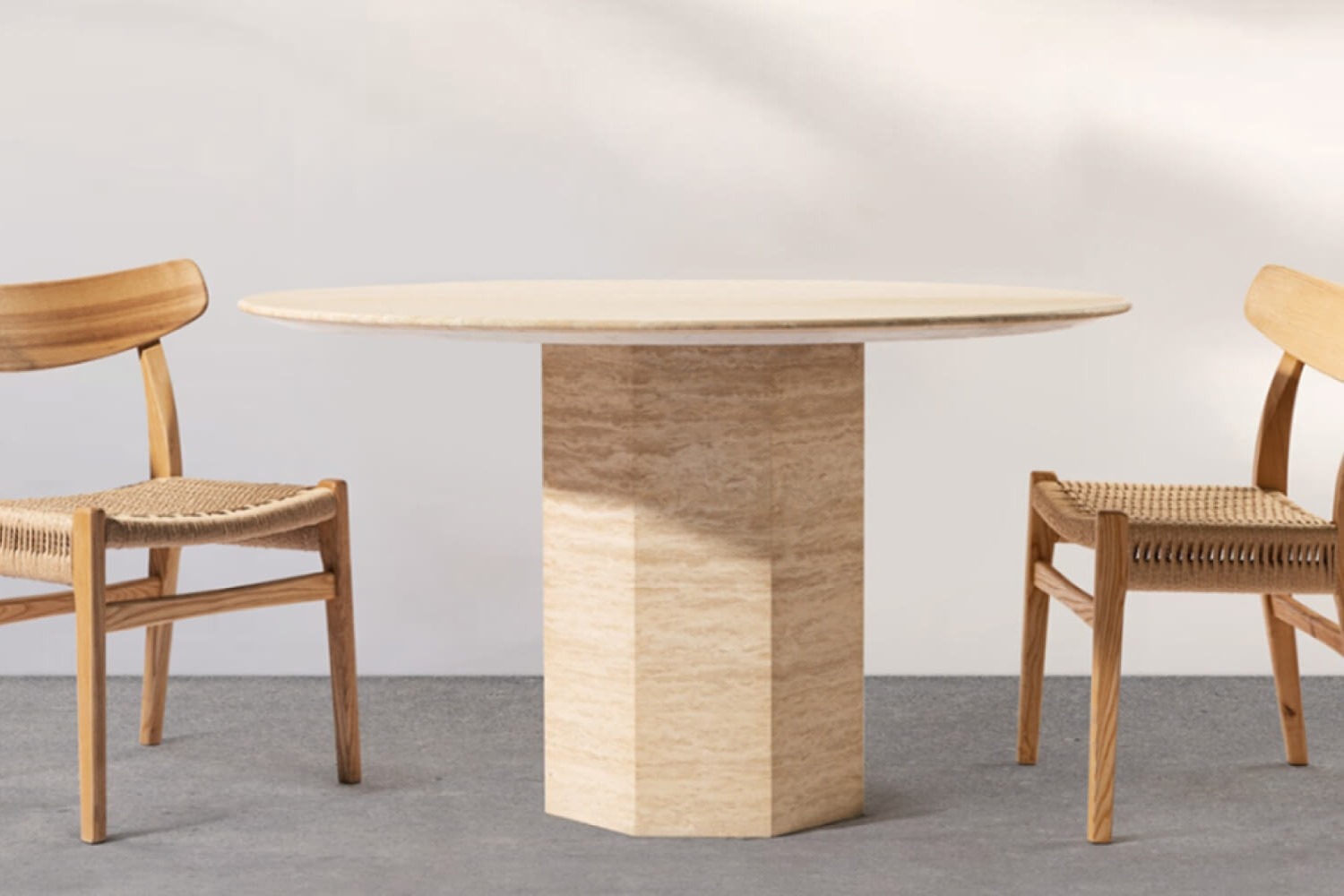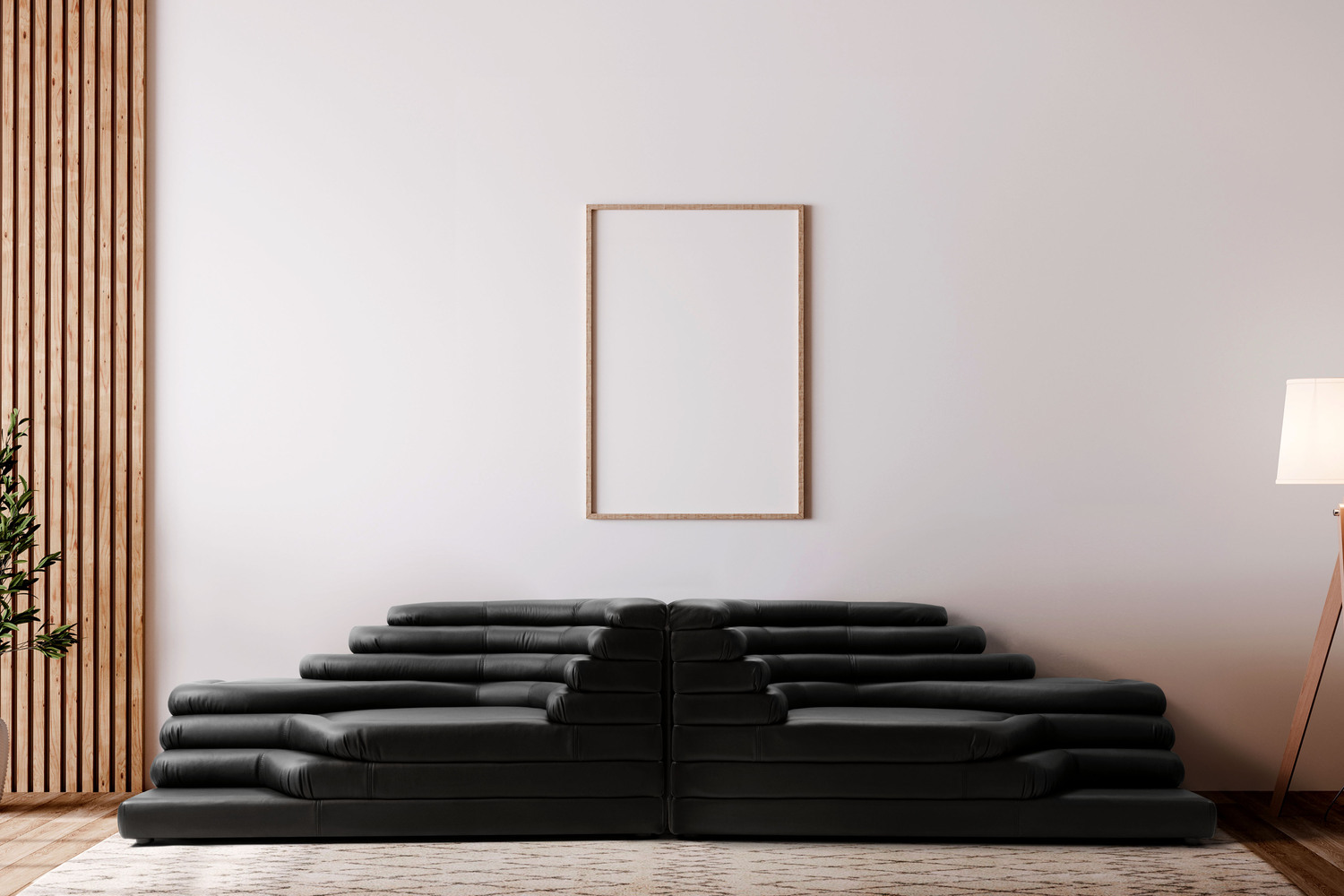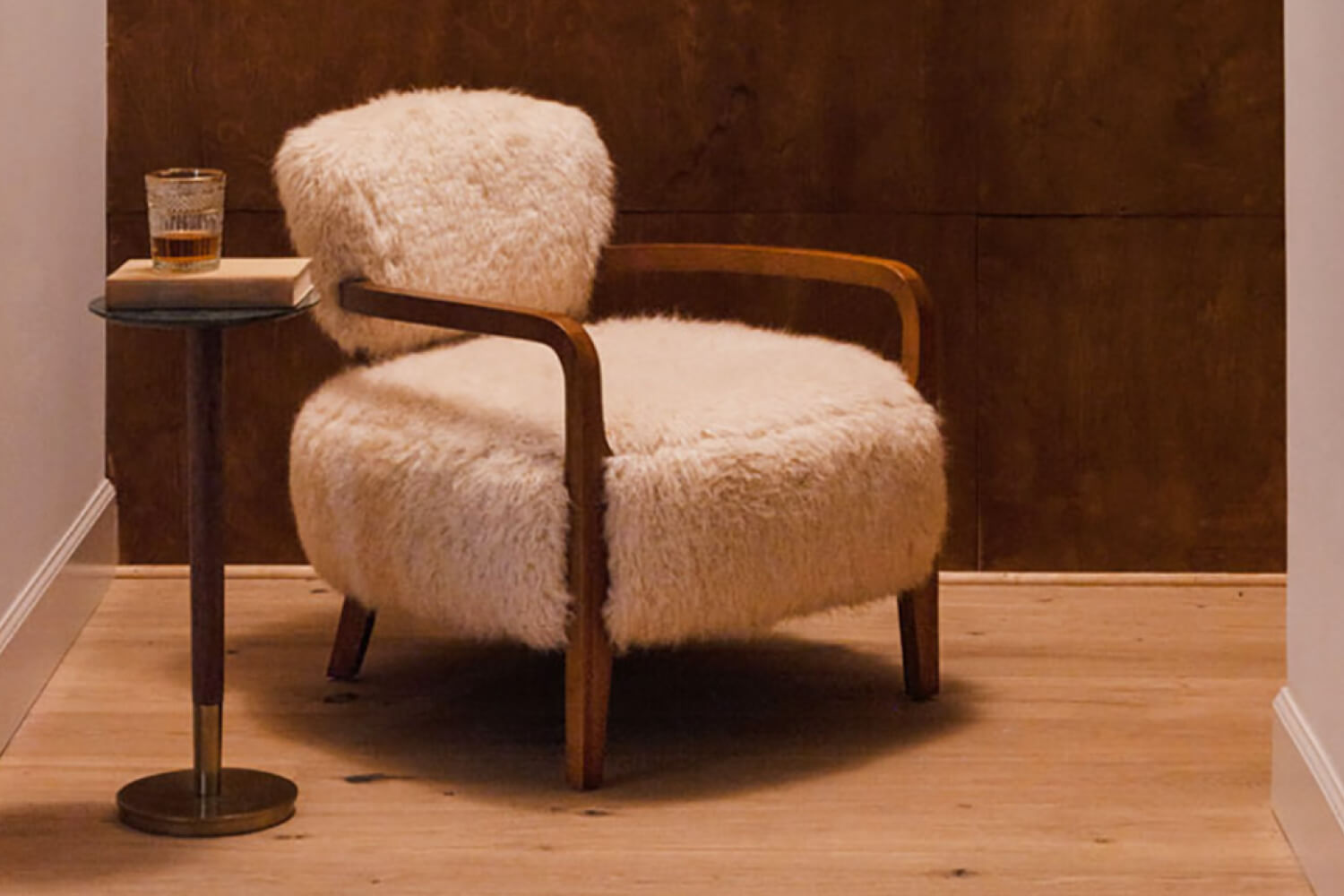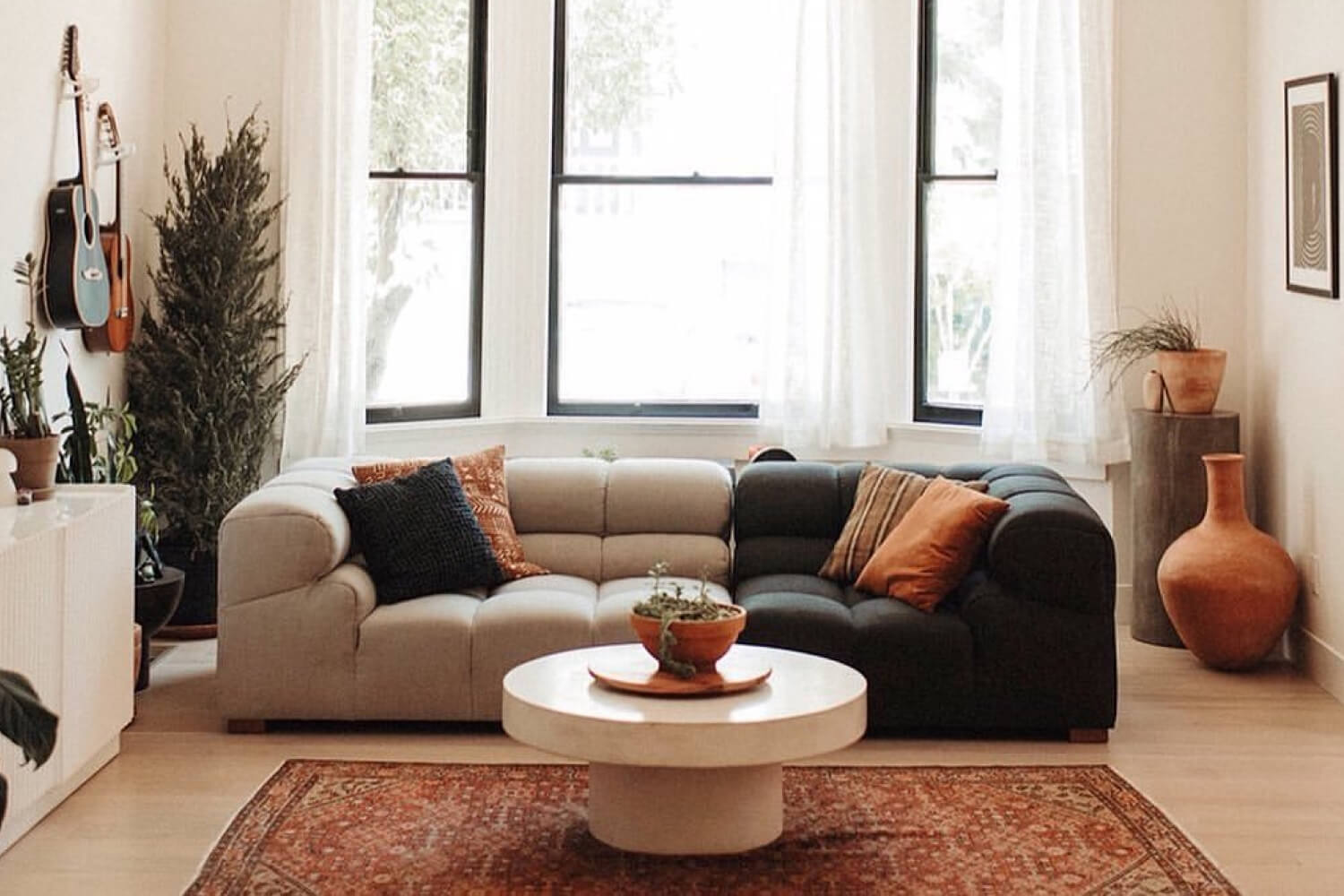
In the realm of interior design, the convergence of art and functionality manifests beautifully through sculptural furniture.
These pieces are not merely utilitarian objects but are expressions of artistic vision and design prowess.
In this exploration, we delve into the world of contemporary sculptural furniture, a domain where craftsmanship, materials, and design principles coalesce to create pieces that are both visually arresting and eminently usable.
The Essence of Sculptural Furniture
Defining Sculptural Furniture
Sculptural furniture transcends the traditional boundaries of home furnishings.
Unlike conventional pieces, these are designed with an emphasis on aesthetic form, often taking inspiration from various art movements or the whims of the designer.
The result is furniture that serves as a focal point, imparting a unique character to the space it inhabits.
This type of furniture is not just about filling a space but about enriching it, transforming mundane areas into dynamic and visually engaging environments.
Historical Context and Evolution
The concept of furniture as art is not new. Historically, royal and aristocratic households showcased ornate, artistically crafted furniture to denote status and taste.
However, the modern sculptural furniture movement draws its roots from the mid-20th century, when designers began experimenting with new materials and forms to create furniture that was both functional and expressive.
This era marked a shift from traditional to innovative, propelling furniture design into the realm of artistic expression.
The Craftsmanship Behind the Art
Materials in the Spotlight
The choice of materials in sculptural furniture plays a pivotal role in its overall impact.
Designers often employ a mix of traditional materials like wood and metal with innovative ones like acrylic, fiberglass, and sustainable composites. The juxtaposition of different textures and colors adds depth and intrigue to the pieces.
Each material brings its own unique qualities, allowing designers to explore new forms and structural possibilities.
Mastery of Techniques
Craftsmanship in sculptural furniture is about precision and skill. It involves a deep understanding of material properties, structural integrity, and aesthetic appeal.
From intricate joinery to seamless curves, the attention to detail in these pieces is paramount, reflecting the maker's dedication to their art.
This dedication to craftsmanship ensures that each piece is not only beautiful but also enduring and functional.
Design Principles in Sculptural Furniture
Form and Function
A core principle in designing sculptural furniture is balancing form with function.
While the artistic aspect is prominent, these pieces are designed to be used and interacted with, making ergonomics and comfort crucial elements.
The challenge lies in creating a piece that is both visually striking and comfortable to use, a task that requires both artistic vision and technical expertise.
Aesthetic Appeal
Sculptural furniture is often characterized by bold forms, dynamic lines, and an interplay of shapes.
These design elements contribute to a visually stimulating piece that can stand alone as a work of art. The furniture's silhouette, texture, and color palette are carefully considered to create an impactful visual presence.
Integration in Spaces
Incorporating sculptural furniture into interior spaces requires a thoughtful approach.
The design and placement of these pieces should complement the existing décor and architectural elements, creating a harmonious and impactful interior landscape.
Properly placed, these pieces can become the centerpiece of a room or a subtle but powerful accent.
Emotional Connection and Visual Appeal
Sculptural furniture has the power to evoke emotions and create ambiance.
From the calmness exuded by organic forms to the excitement of abstract shapes, these pieces can significantly influence the mood and feel of a space.
They offer more than just physical comfort; they provide a visual and emotional experience that enriches the living environment.
Personal Expression
Choosing sculptural furniture is often a reflection of personal style and values.
These pieces allow individuals to express their tastes and personalities, making their homes unique and reflective of their essence. They serve as an extension of the self, encapsulating personal stories, inspirations, and aspirations.
The Future of Sculptural Furniture
The future of sculptural furniture is one of endless possibilities.
As designers continue to push the boundaries of creativity and technology, we can expect to see even more innovative and emotionally resonant pieces that redefine our concept of furniture.
The intersection of art and functionality in furniture design not only enhances our living spaces but also enriches our lives, offering a glimpse into the boundless potential of human creativity.
Delve into the artistry of sculptural furniture with us, and for more insights, read Eternity Modern reviews where customers share their experiences with our artistic creations.

